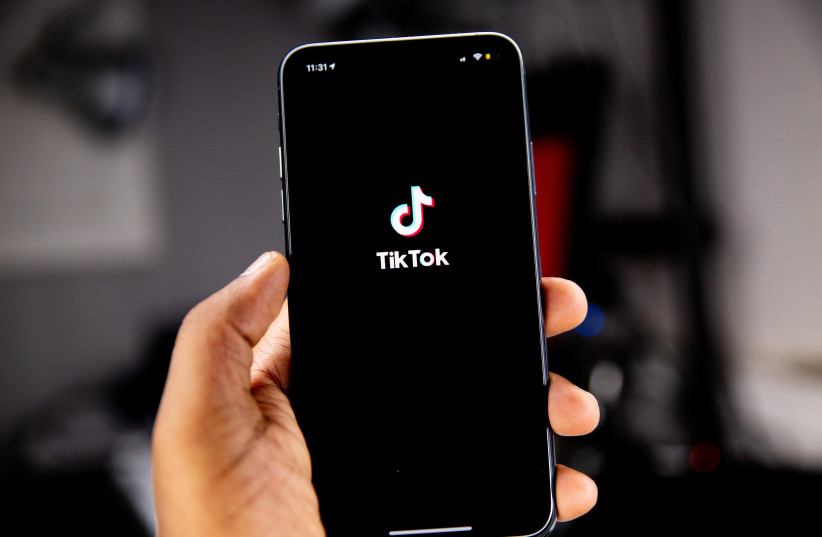The war between Russia and Ukraine may be the most documented in history, but perhaps that is precisely why the phrase “fog of war” best describes it. The thick fog that is covering the current fighting may even continue over the coming weeks and months. It does not allow much to be known about the course and duration of the confrontation between two large and distant armies, particularly in the absence of embedded journalists reporting from the battlefield.
In addition, the war is being reported from the Ukrainian side, while coverage from the Russian side is almost entirely absent. In view of this, it may be wise to be careful when offering predictions and interpretations, and to admit that we do not know much.
The relocation of journalists’ coverage areas to city centers and borders in Ukraine limited reporters’ access to the battlefield, and made journalists themselves the focus of the story instead of reporting the war. For example, Ukrainian BBC reporter Olga Malczewska, during her report on the progress of the Russian forces, discovered that her Kyiv home had been bombed while she was live on air.
The videos by journalists documenting the fighting have also changed, with the story being told through the eyes of Ukrainian citizens whose world has changed overnight. A picture that became the “face of the war” is that of a teacher named Elena from the city of Kharkiv, whose bloodied face went viral following shelling in the city.
However, there is an absence of images documenting the fighting, the fighters, and the forces from both sides of the battlefield, as well as the voices of Russian citizens.
The war between Russia and Ukraine, which has also been defined as the first TikTok war, has yielded several types of videos: testimonial videos of Ukrainian citizens and influencers, such as the viral video in which an elderly Ukrainian woman turns to Russian soldiers and asks them to take sunflower seeds and carry them in their pockets, so that as they will grow to be flowers after they die on Ukrainian soil.

Similar to the “recommendation” videos distributed in normal times, viral “do it yourself” videos were circulated on the Internet by experts, such as professional tips on Twitter for Ukrainian citizens on how to defend themselves and how to make Molotov cocktails.
HOWEVER, THERE is also a high volume of fake photos and videos, such as a scene from the movie Star Wars that was accidentally inserted into news reports. In another example, a video from 2014 in which a Ukrainian soldier is seen saying goodbye to his beloved girlfriend was attributed to the current conflict.
Paradoxically, according to one of the rules of information warfare, in order to deal with fake information, we must be suspicious of dramatic information that we cannot verify, including ostensible information about the locations and progress of the forces and casualty numbers.
On the other hand, vague information – such as the Russians’ disappointment with their progress in the fighting – may be more reliable.
Along with the difficulty of knowing which content is true and which is fake, the truth seems to be being replaced by emotions, such as the feelings of pride and heroism of the Ukrainians in the battle for their home. In the psychology of persuasion, such positive emotions can create both identification and transportation among the audience.
Finally, the TikTok war includes a large variety of videos and media reports, but as noted lacks reports from the battlefield, especially from the Russian side. Social and traditional media find it difficult to provide comprehensive strategic information and present a coherent and clear picture of the fighting, such as the position and location of Russian forces and the number of casualties on both sides.
Each viral video presents a small moment in time, almost without context, resulting in an emotional and highly fragmented picture.
The writer is a lecturer and researcher in persuasion and communication strategy at Reichman University.
